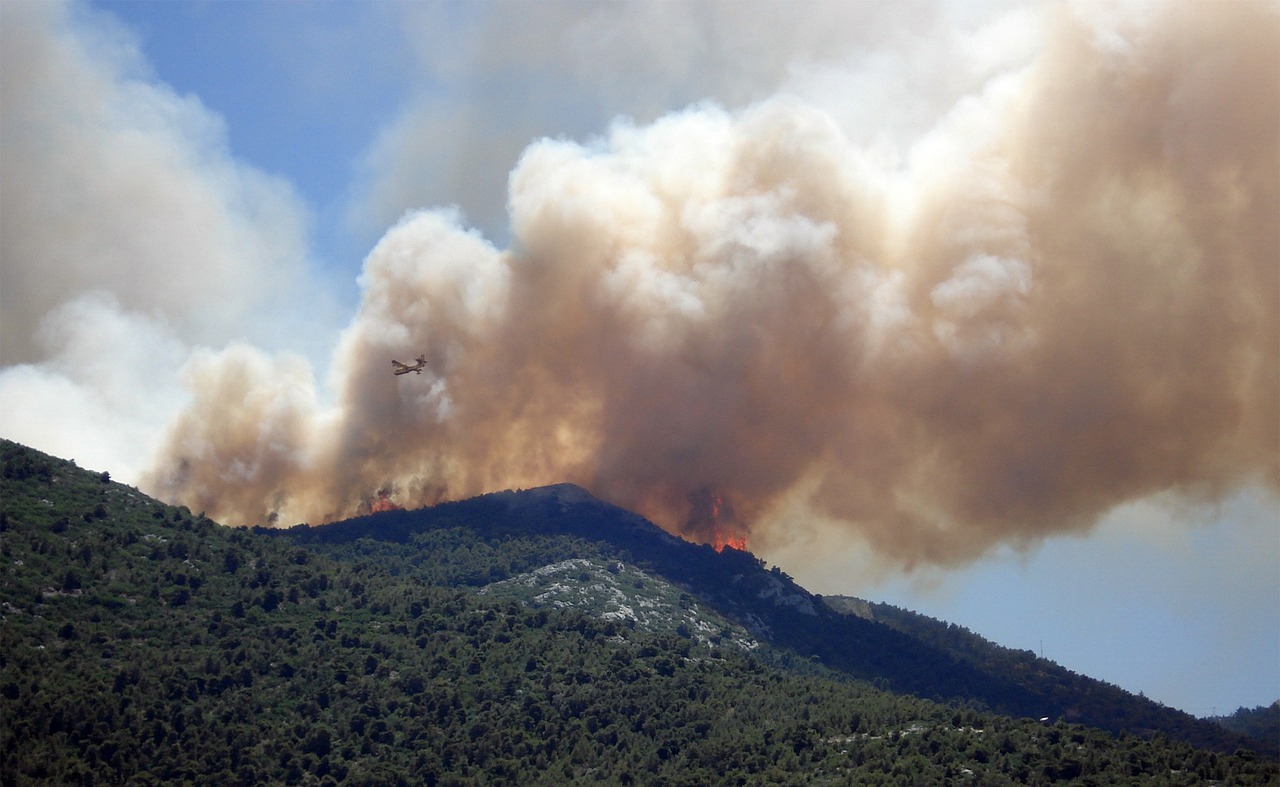
Wildfires, often referred to as nature’s infernos, are a powerful and destructive force of nature that can wreak havoc on landscapes, ecosystems, and communities. With the increasing frequency and intensity of these blazes in recent years, it’s imperative to understand the comprehensive damage wildfires can cause. This article delves into the multifaceted consequences of wildfires, from environmental degradation and economic losses to human health risks and long-term ecological impacts.
1. Environmental Devastation
Wildfires can leave a lasting scar on the environment, altering landscapes in profound ways. The intense heat generated during a wildfire can incinerate vegetation, soil organic matter, and microorganisms that play a crucial role in maintaining ecosystem health. The loss of plant cover exposes soil to erosion, leading to sediment runoff into water bodies and impairing water quality. Additionally, the release of massive amounts of carbon dioxide and other greenhouse gases into the atmosphere contributes to climate change, exacerbating global warming.
2. Destruction of Habitats and Biodiversity Loss
Ecosystems that have evolved over centuries to support a diverse array of plant and animal species are particularly vulnerable to wildfires. Flames can sweep through forests, grasslands, and other habitats, destroying nesting sites, shelter, and food sources for countless species. Some animals may manage to escape, but many perish in the intense heat. The disruption of these intricate ecosystems can lead to shifts in species composition, endangering the survival of certain plants and animals and potentially causing long-term imbalances.
3. Economic Toll
The economic toll of wildfires is staggering. The destruction of homes, infrastructure, and businesses results in billions of dollars in property damage and insurance claims. Local economies that depend on tourism and outdoor activities can suffer a significant blow as popular recreation areas become inaccessible or unattractive due to charred landscapes. Additionally, firefighting efforts and post-fire recovery expenses strain public resources, diverting funds from other essential services.
4. Human Health and Safety Risks
Beyond the immediate destruction of property, wildfires pose a direct threat to human health and safety. Smoke from wildfires contains a mixture of harmful pollutants, including fine particulate matter and toxic gases, which can exacerbate respiratory conditions and cause cardiovascular problems. Evacuations can lead to stress, trauma, and disruption of daily life for affected communities. First responders and firefighters put their lives on the line to battle these blazes, facing health risks and physical exhaustion.
5. Long-Term Ecological Consequences
The ecological impact of wildfires can extend far beyond the initial event. Some ecosystems, like certain types of forests, may struggle to regenerate naturally due to altered soil conditions and competition from invasive species. Invasive plants often thrive in the aftermath of a fire, impeding the recovery of native vegetation and potentially perpetuating a cycle of ecological degradation. Without effective post-fire management, these ecosystems may never fully recover their original diversity and functionality.
The destructive power of wildfires is a stark reminder of nature’s unpredictability and the urgent need for proactive measures to mitigate their impact. As the global climate continues to change, the threat of more frequent and severe wildfires looms large. Efforts to prevent wildfires through responsible land management, fire-resistant construction, and public awareness campaigns are essential to reduce the potential for devastation. Equally important is investing in fire research and innovative firefighting techniques to better manage and control these destructive blazes. In an era where the consequences of wildfires are becoming increasingly apparent, it is crucial for governments, communities, and individuals to work together to safeguard our natural landscapes, protect lives, and preserve the delicate balance of our ecosystems.





